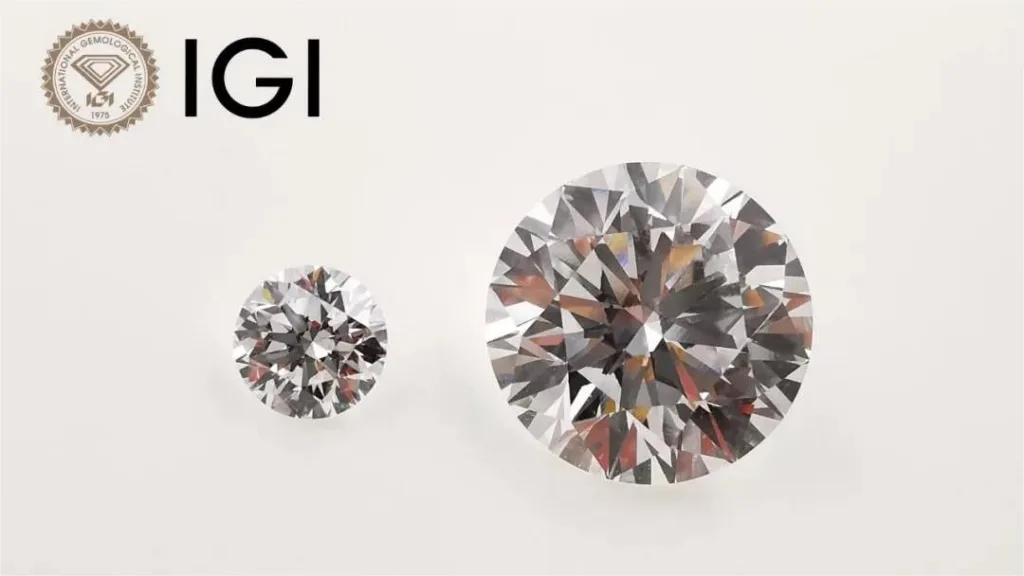Determining whether a diamond is lab-grown using the chemical vapor deposition (CVD) method can be challenging, but there are several methods and characteristics you can look for to make an informed assessment. Here are some ways to determine if a diamond is CVD-grown:
Certification and Documentation:
Ask the seller for certification and documentation from a reputable gemological laboratory, such as the Gemological Institute of America (GIA) or the International Gemological Institute (IGI). These certificates typically specify whether the diamond is natural or lab-grown and provide information on the growth method.
Inclusions and Imperfections:
CVD-grown diamonds may contain certain inclusions and imperfections that are different from those found in natural diamonds. While inclusions can vary, some CVD diamonds exhibit small, dark spots or needle-like features, which are not typically seen in natural diamonds. These inclusions can be observed under a microscope or by a trained gemologist.
Color:
Some CVD diamonds may exhibit unusual colors due to the presence of trace elements or defects in their crystal structure. While fancy-colored natural diamonds are rare and valuable, certain colors in lab-grown diamonds may be more common. If a diamond displays an unusually intense or uniform color, it may be an indicator of its synthetic origin.
Growth Layers:
CVD-grown diamonds may have growth layers that are visible under magnification. These layers can appear as thin parallel lines or plate-like structures on the diamond’s surface.
UV Fluorescence:
Some CVD diamonds exhibit strong blue fluorescence when exposed to ultraviolet (UV) light. Natural diamonds can also fluoresce, but the intensity and color of fluorescence can sometimes differ between CVD-grown and natural diamonds.
Price:
Lab-grown diamonds, including CVD diamonds, are often priced significantly lower than their natural counterparts of similar size and quality. If a diamond seems too good to be true in terms of price, it’s worth investigating further.
Conduct Electrical Testing:
Lab-grown diamonds, including CVD diamonds, often have different electrical conductivity properties than natural diamonds. Gemological equipment, such as the DiamondSure or Presidium Diamond/Moissanite Tester, can be used to test a diamond’s electrical conductivity.
Consult an Expert:
When in doubt, it’s advisable to consult a professional gemologist or a certified appraiser with experience in identifying lab-grown diamonds. They have the necessary equipment and expertise to make an accurate assessment.
Keep in mind that the methods used to create lab-grown diamonds are continually advancing, and some CVD-grown diamonds may have characteristics that are more difficult to distinguish from natural diamonds. Therefore, a combination of the above methods and expert consultation is often the most reliable way to determine if a diamond is CVD-grown.




